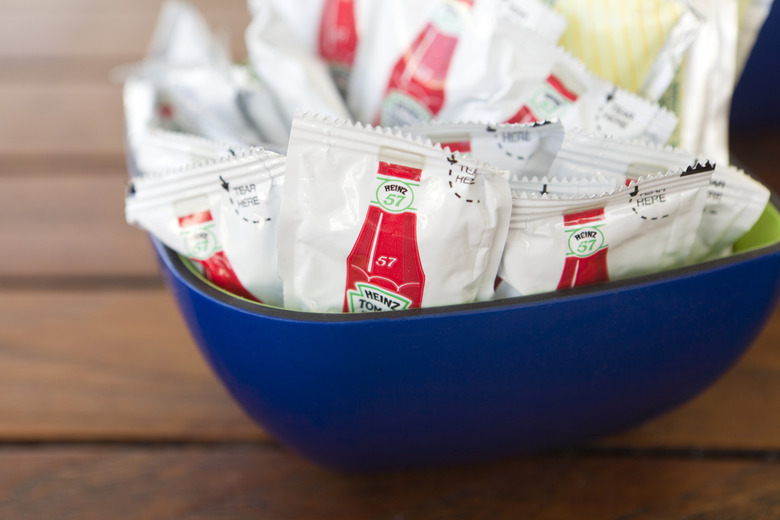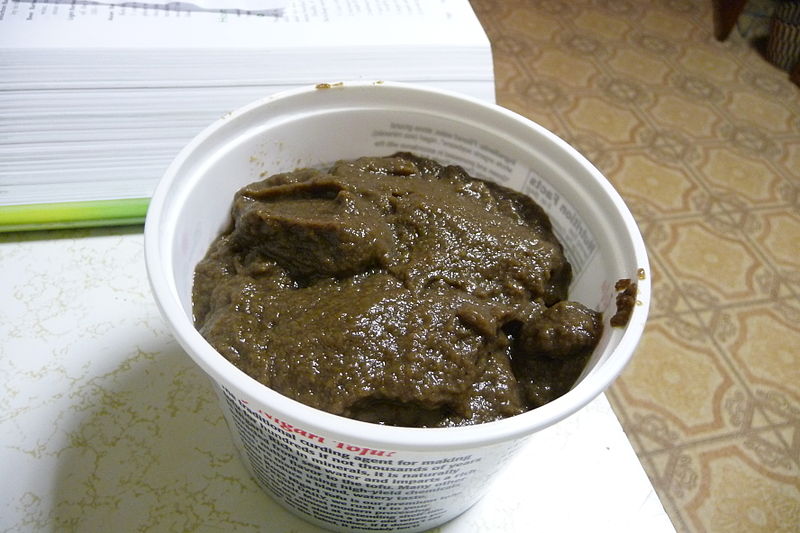Ketchup Was Once Made From Mushrooms, Not Tomatoes
Calling it "tomato ketchup" seems a little redundant at this point — but that wasn't always the case. Tomato ketchup didn't become popular in the United States until after physicians started selling it as medicine in the mid-1800s. Before then, people were making ketchup paste out of mushrooms.
America's 50 Best French Fries
Yes, mushrooms. "Ketchup" in America and the United Kingdom used to refer to mushy, salty, brown mushroom paste.
Mushroom ketchup is made by tightly packing the fungi into containers with salt to form a paste. The pastes were allowed to sit until the fungi released their liquids and were then cooked at a high temperature. Sometimes other spices such as mace, pepper, and nutmeg were added to the juicy vat of mushrooms after cooking. The process allowed the produce to have a much longer shelf life by transforming the mushrooms into a spreadable, pourable, squeeze-tube-able condiment.
However, mushroom ketchup looked more like a mucky, ideal environment for growing bottom-feeding fungi than something you'd be eager to eat.
But the gray-brown spread was used not dissimilarly to the way tomato ketchup is used today: to add flavor to meat and as a primary ingredient for other sauces.
Once people discovered and sold tomato ketchup, the mushroom varieties fell out of favor. However, there was a time when the H. J. Heinz Company had to compete with Geo. Watkins (a popular purveyor of mushroom ketchup) for consumer attention. Heinz has only ever produced tomato ketchup, not mushroom ketchup.
It's safe to say Heinz won that battle — though Geo. Watkins still sells mushroom ketchup to some markets today, Heinz ketchup reigns supreme as the hottest ketchup product on the shelf. But is it the tastiest? According to our taste test, other brands have Heinz beat.

